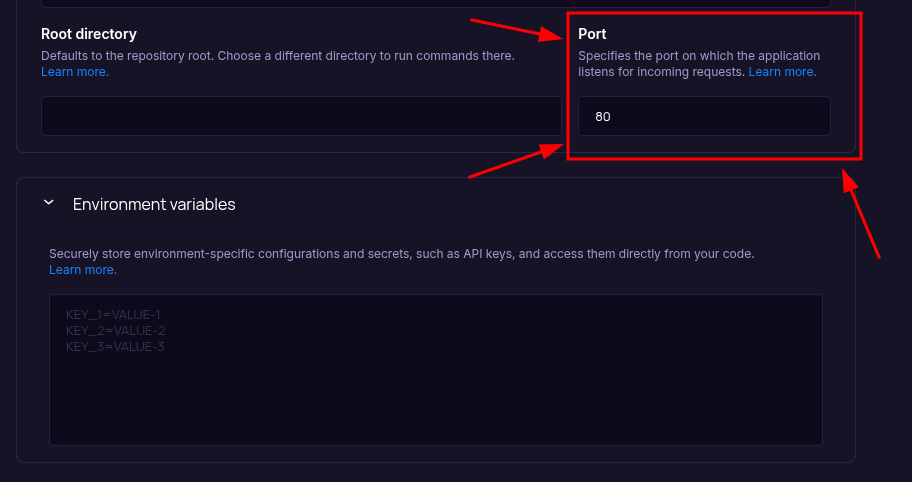Deploy FastAPI App on Seenode | FastAPI Hosting & Deployment Guide
This guide will walk you through deploying your existing FastAPI application on seenode using Uvicorn as the ASGI server.
Prerequisites
Section titled “Prerequisites”Before you begin, ensure you have:
- A seenode account at cloud.seenode.com
- Git configured on your machine
- Existing FastAPI project ready to deploy
Configure for seenode Deployment
Section titled “Configure for seenode Deployment”Application Structure
Section titled “Application Structure”Ensure your project has a main.py file and a requirements.txt. seenode will look for an app instance in your main.py file.
from fastapi import FastAPI
app = FastAPI()
@app.get("/")def read_root(): return {"message": "Hello from FastAPI"}Requirements
Section titled “Requirements”Your requirements.txt should include fastapi and an ASGI server like uvicorn for production:
fastapiuvicorn[standard]Deploy on seenode
Section titled “Deploy on seenode”Push to Git
Commit your project and push it to GitHub or GitLab.
Create a Web Service
From the
seenode Dashboard
, create a new Web Service and connect the Git repository for your FastAPI application.
Configure Build & Start
seenode automatically detects a Python project. Configure:
- Build Command: pip install -r requirements.txt
- Start Command: uvicorn main:app --host 0.0.0.0 --port 80

The Port field starts empty—set it during setup to the value your app uses (for example,
80). Ensure your application binds to the same port (for example,--port 80). Do not rely on aPORTenvironment variable; seenode routes using the configured Port input.- Build Command:
Choose Pricing Tier
Select your preferred instance size and click Create Web Service.
Deploy
Click Create Web Service and watch logs until your web service is live.
Success
Once complete, your API is live and accessible at your service’s public URL.
Starting from Scratch?
Section titled “Starting from Scratch?”If you don’t have a FastAPI project yet:
Option 1: Use our Template (Recommended)
FastAPI Template
Deploy a minimal FastAPI application designed for zero-configuration deployment on **seenode**.Option 2: Create from FastAPI Docs + seenode Setup
Follow the official FastAPI documentation to create a new project, then return here for seenode-specific deployment steps.
seenode-Specific Setup Steps:
- Create
main.pywith FastAPI app - Add
requirements.txtwith FastAPI and Uvicorn - No additional configuration needed
Next Steps
Section titled “Next Steps”Now that your API is live, here are some recommended next steps:
Set up a Custom Domain (Coming Soon)
Configure a custom domain to point to your new web service.Connect to a Database
Instantly scaffold and connect PostgreSQL and MySQL databases
